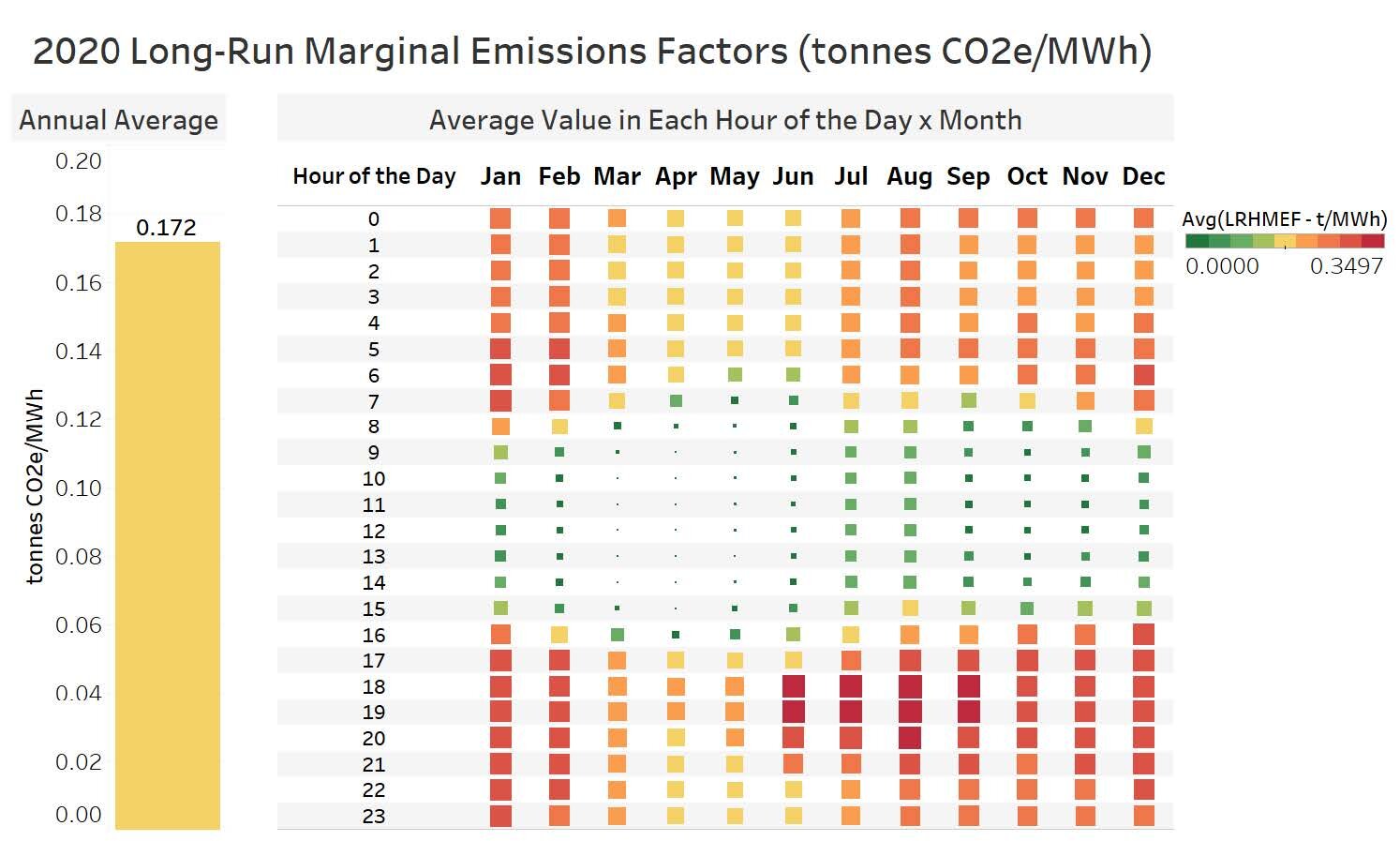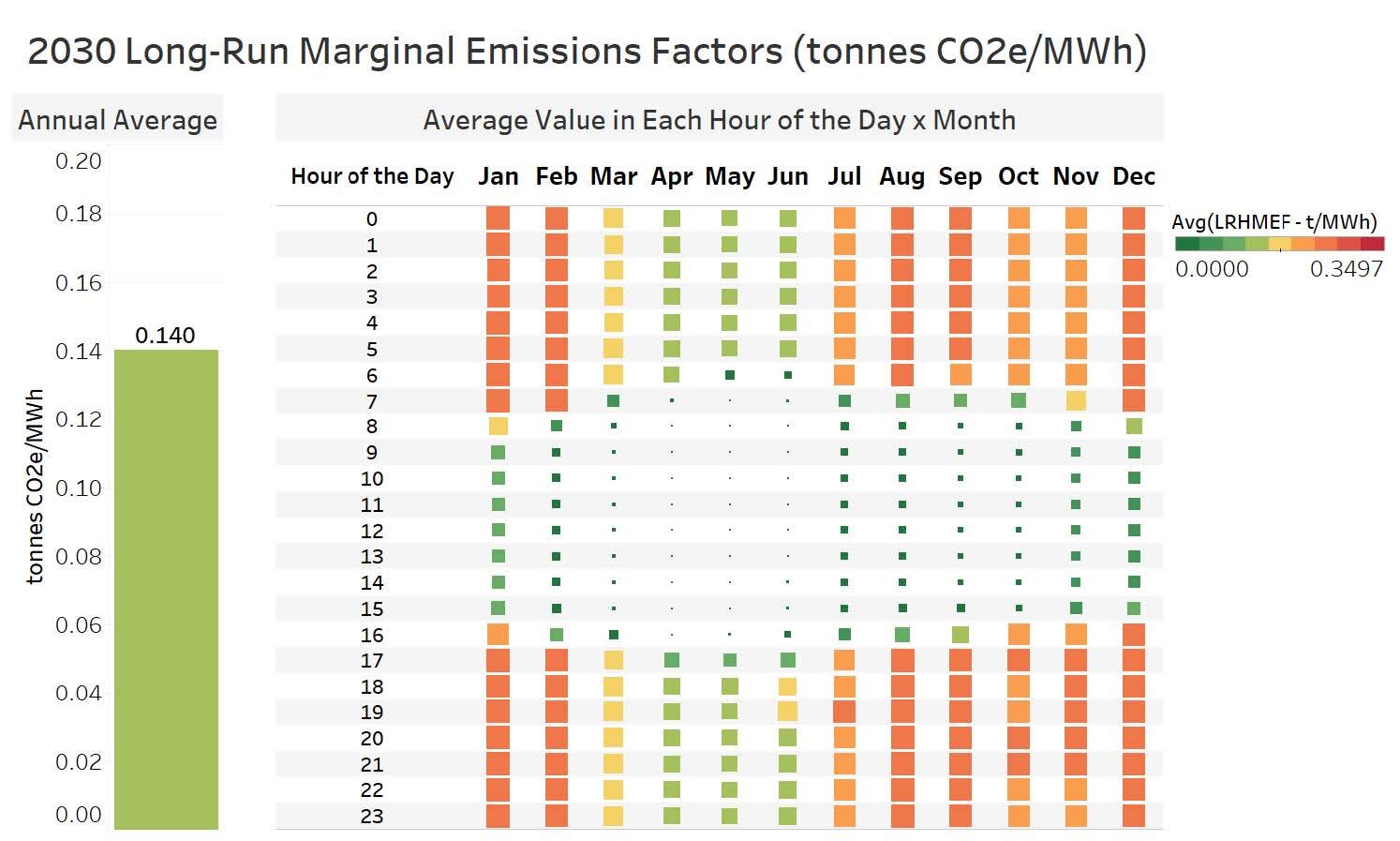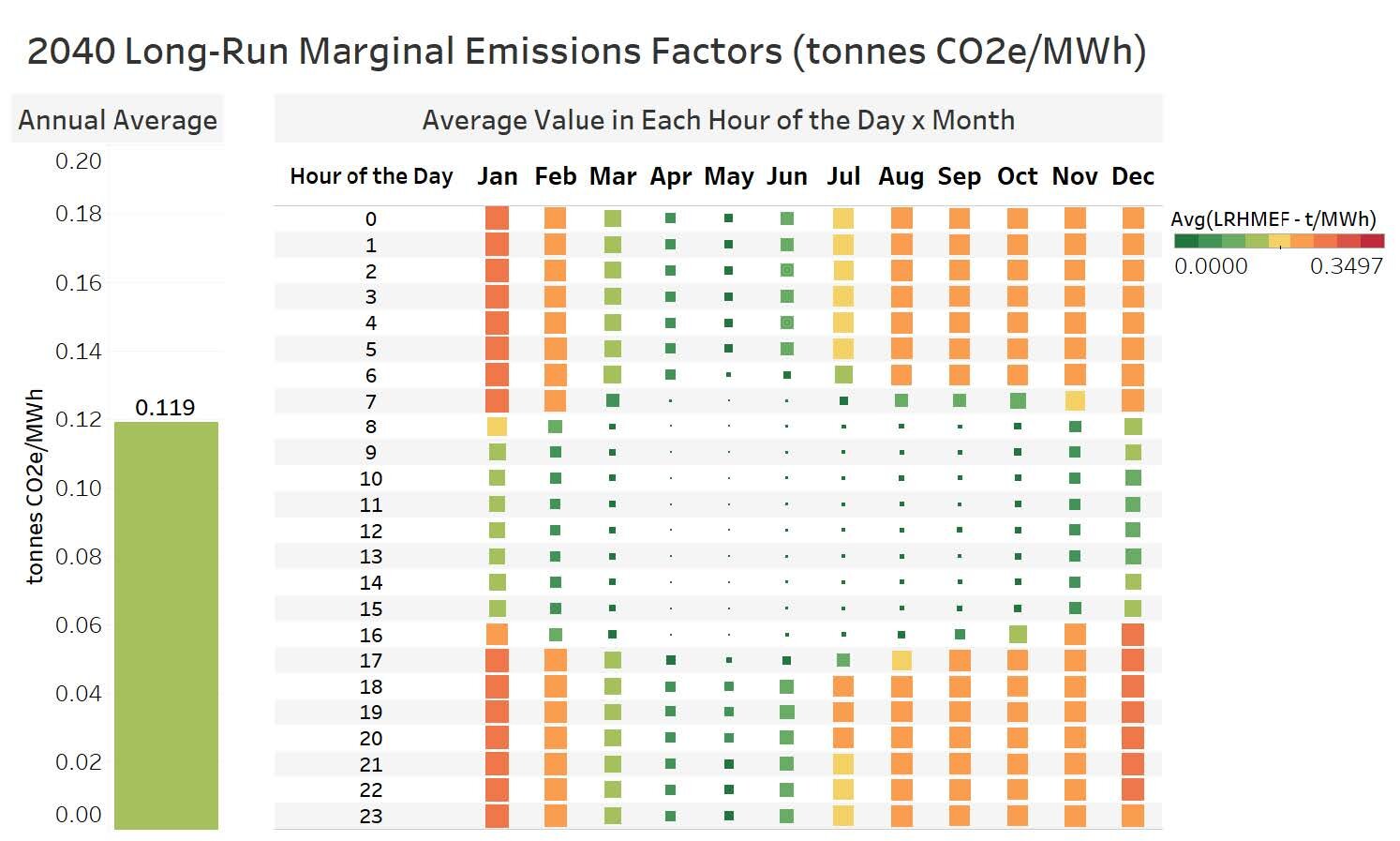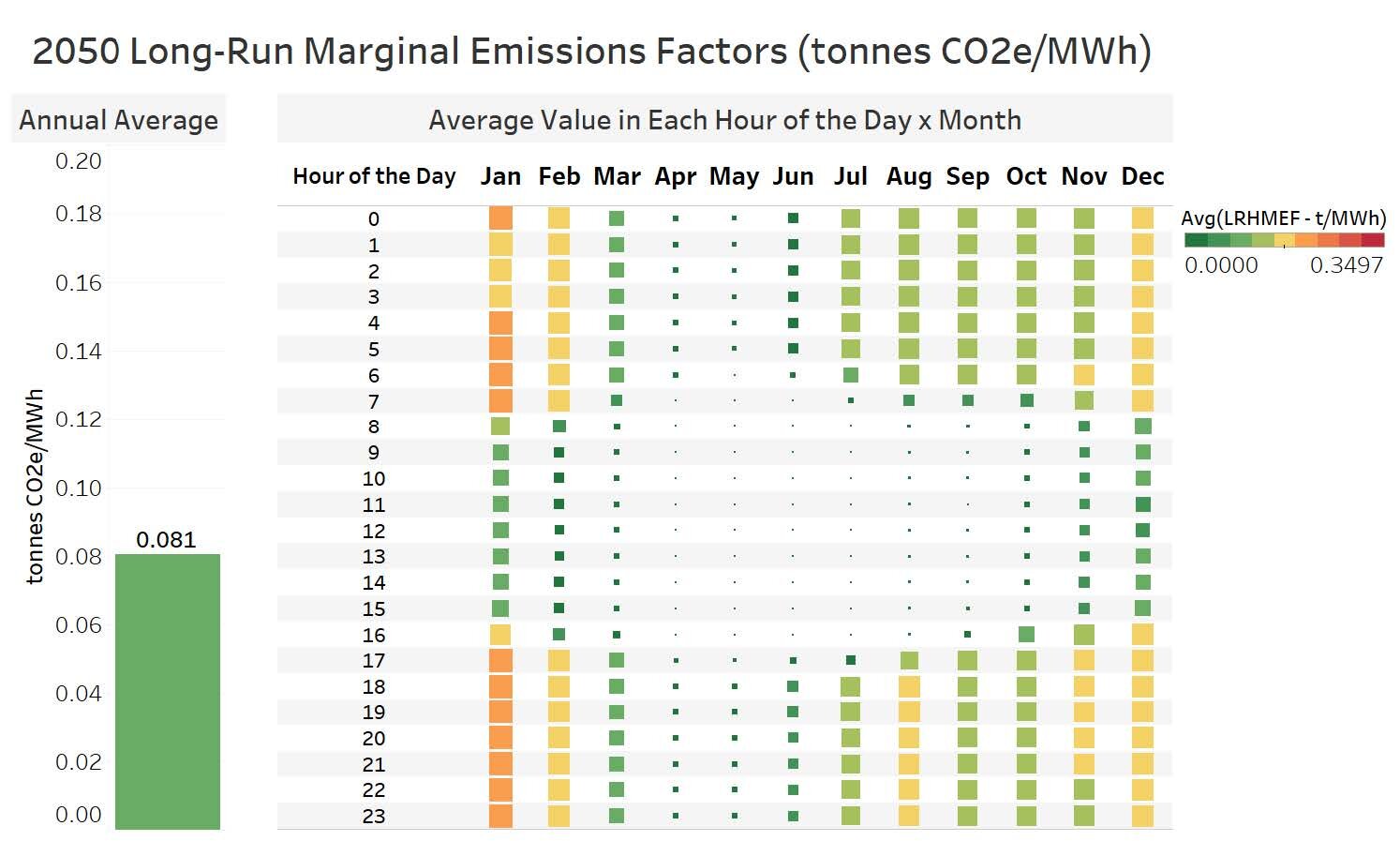Zero-Carbon Buildings in California: A Feasibility Study
Client: California Air Resources Board and the California Environmental Protection Agency
Project Dates: 2016-2021
Project Team: The Center for Resource Efficient Communities, The Center for the Built Environment University of California - Berkeley, Resource Refocus LLC, Fehr and Peers, and Energy Solutions
Report Link: http://crec.berkeley.edu/uploads/16RD004_CREC_ZCB_Final_Report_w__Appendices_(1).pdf
project summary
This research project assessed the feasibility of zero carbon buildings and communities in California. Phase 1 explored the feasibility of building-scale transportation, water, solid waste, and operational energy management strategies to supplement existing ZNE goals to achieve ZC in new construction in California, while Phase 2 identified and assessed the GHG reduction potential of existing buildings at the community scale to complement the building-scale analysis. This analysis built on the ZNE exemplar building packages developed through the Technical Feasibility of Zero Net Energy Buildings in California, an effort that Dr. Carrie Brown and Anna LaRue were also closely involved with. The Resource Refocus team led the building-level operational energy research for this study, which included developing load profiles for the baseline and retrofit scenarios for six different building types, including residential, multifamily, and commercial and a load shape optimization algorithm (akin to rate arbitrage) to minimize hourly emissions through time-of-use interventions.
In Phase I, for each of six building types (single-family residential, multi-family residential, large office, strip mall, school, and warehouse), we quantified the potential for each identified building-scale strategy to reduce greenhouse gas (GHG) emissions below anticipated future baseline levels and then assembled those strategies as graphical “wedges” in a dynamic spreadsheet tool that can quantify zero carbon building potential for any location in California.
Base case EVSE load profile, reproduced from CEC
In Phase II, we identified community-scale GHG reduction strategies and conducted techno- economic modeling and other analysis to assess overall zero carbon feasibility for Richmond, CA. The results show that zero carbon new construction is generally feasible for warehouses, strip malls, and both types of residential buildings across California in the next decade when the strategies are combined with modest investments in carbon credits.
Community-scale EVSE average daily load profiles for milestone years
At the community scale, implementation of the selected strategies would result in 82-92 percent reduction of GHGs by 2050, the large majority of which is due to building electrification. The report recommends policy mechanisms for the implementation of zero carbon buildings and communities, including those that address the important role of building location (in addition to building design, operation and management) in achievement of zero carbon performance standards, and those that seek to stimulate large-scale electrification of buildings.
The images above depict heat maps of emissions factors used for 2020, 2030, 2040 and 2050 (respectively), summarized by the average value in each hour of the day of each month; the unweighted annual average shown for reference.
Key Findings
Strategy effectiveness is strongly influenced by the effectiveness and proximity of transportation, meaning that zero carbon achievement is often as much a matter of building location as it is of building design, operation and management.
Policy to implement zero carbon buildings in California must innovate new means of addressing the siting of buildings as an essential criterion of their overall performance.
It is imperative that this policy innovation occur with significant stakeholder involvement and in a transparent public process.
If implemented, building electrification across Richmond CA’s entire residential building stock and 65% of the commercial building stock can save between 230,000 and 270,000 MT CO2e per year by 2050.
Municipal decarbonization will only be successful if broader statewide policy initiatives—most importantly, grid decarbonization, vehicle fuel efficiency, and vehicle electrification goals—are successful.
Sequential layering of strategies to calculate GHG emissions







